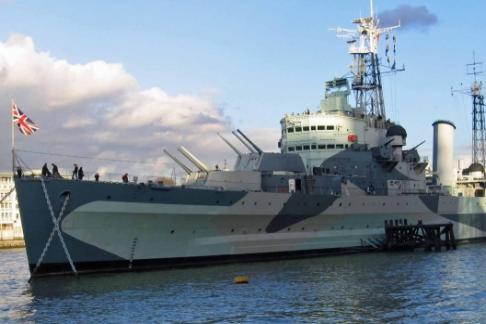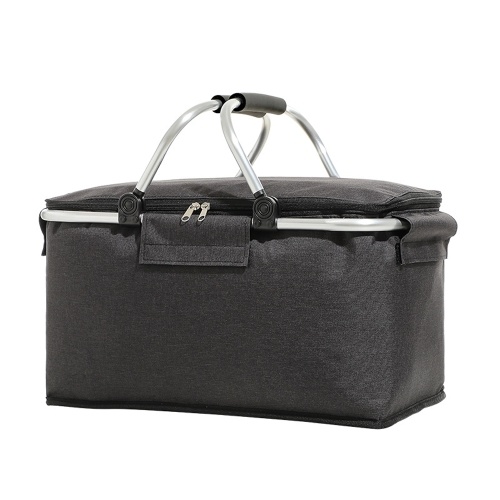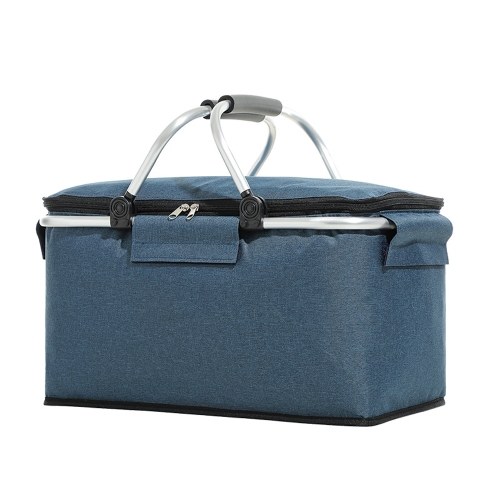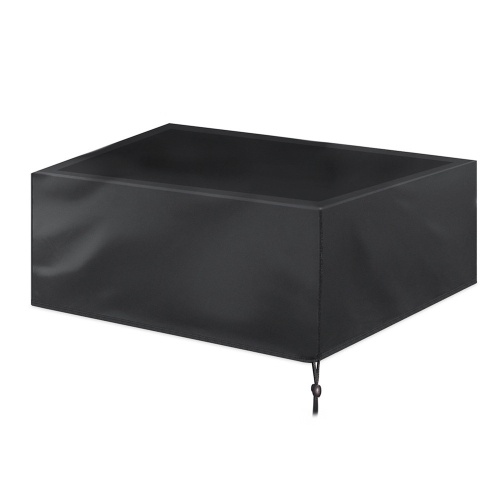
HMS Belfast - Group Ticket
OverView
dispositif anti ronflement électrique aide mini dispositif bouchon respiration nasale soulager le ronflement aide anti ronflement pour un meilleur sommeil miniinthebox
Catégorie:Détente; Pour:Tous; Activité:Sécurité; Alimentation électrique:USB; Matière:Gel de silice; Groupe d'âge:Adulte; Fonction:Améliore le Sommeil; Date de l'annonce:07/13/2022
6 jeux Sac de Voyage / Organisateur de voyage / Organisateur de Bagage Grande Capacité / Portable / Pliable Soutiens-gorge / Vêtements Tissu Oxford Extérieur / Voyage / Pour l'Intérieur
Catégorie:Sac de Voyage,Organisateur de voyage,Trousse de Toilette,Cubes de Rangement,Organisateur de Bagage; Activité:Pour l'Intérieur,Voyage,Extérieur; Quantité:6 jeux; Fonction Première:Vêtements,Soutiens-gorge; Matériau:Tissu Oxford; Dimensions:/; Type de Fermeture:Fermeture; Fonction:Durable,Grande Capacité,Epais,Pliable,Rangement de Voyage,Portable; Poids Net:0.3; Pays populaire:Canada,Israël,Brésil,Suède,Australie; Produits spéciaux sélectionnés:chaud
Panier de pique-nique pliant Sacs de conservation de la chaleur Panier de glace portable Sac de pique-nique extérieur Panier d'isolation Panier d'achat
Panier de pique-nique pliant Sacs de conservation de la chaleur Panier de glace portable Sac de pique-nique extérieur Panier d'isolation Panier d'achat
Panier de pique-nique pliant Sacs de conservation de la chaleur Panier de glace portable Sac de pique-nique extérieur Panier d'isolation Panier d'achat
Panier de pique-nique pliant Sacs de conservation de la chaleur Panier de glace portable Sac de pique-nique extérieur Panier d'isolation Panier d'achat
Spa Hotel Ezeri
Property Location When you stay at Spa Hotel Ezeri in Sigulda, you'll be close to Sigulda Castle. This spa hotel is within the vicinity of Gauja National Park and Turaida Castle.Rooms Make yourself at home in one of the 30 guestrooms. Complimentary wireless Internet access is available to keep you connected. Conveniences include phones, and cribs/infant beds (surcharge) can be requested.Rec, Spa, Premium Amenities Relax at the full-service spa, where you can enjoy massages, body treatments, and facials. You can take advantage of recreational amenities such as an indoor pool, a spa tub, and a sauna. Additional features include complimentary wireless Internet access and tour/ticket assistance.Dining Enjoy a meal at a restaurant, or stay in and take advantage of the hotel's room service (during limited hours).Business, Other Amenities Free self parking is available onsite.
7/8 / 9ft Table de billard housse de protection meubles housse étanche anti-poussière étanche protecteur de Table avec cordon de serrage en tissu Oxford housse de poussière
7/8 / 9ft Table de billard housse de protection meubles housse étanche anti-poussière étanche protecteur de Table avec cordon de serrage en tissu Oxford housse de poussière






